If you've ever tasted a fragrant Thai curry, inhaled the aroma of freshly ground Sichuan peppercorns, or marveled at the complexity of Indian garam masala, you've encountered the magic of Asian spices. These spices don't just add heat — they're layers of flavor that can transform even the simplest dish into a culinary masterpiece.
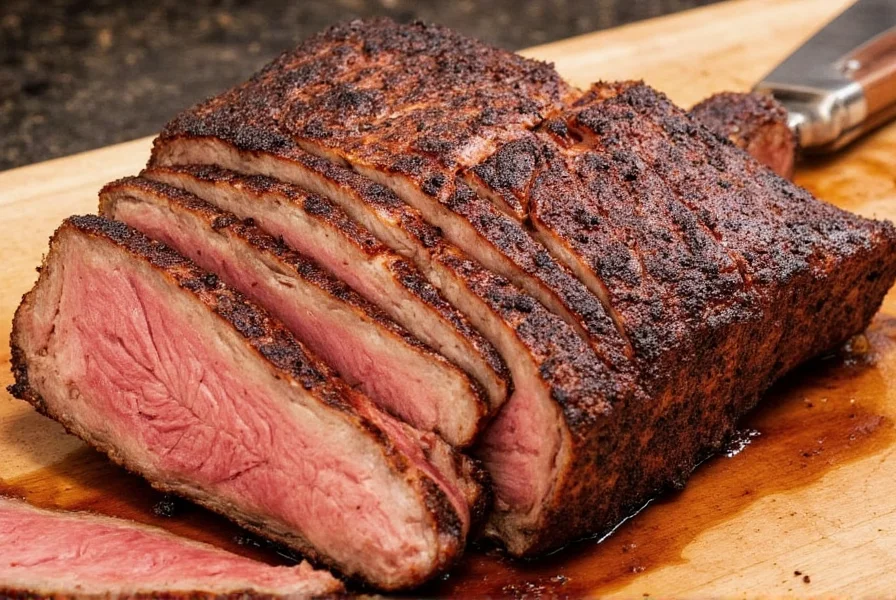
In this guide, we'll explore the most iconic Asian spices, their unique properties, and how to use them like a pro. Whether you're a home cook or an experienced chef, you'll walk away with new tricks, tips, and inspiration for your next meal.
Table of Contents
- What Are Asian Spices?
- Top 10 Expert Tips for Using Asian Spices
- How to Store Your Asian Spices
- Buying Guide: Choosing the Best Asian Spice Products
- Frequently Asked Questions
- Final Thoughts
What Are Asian Spices?
The term Asian spices refers to the vast collection of aromatic plants, herbs, and seasonings native to or widely used across Asian cuisines. From turmeric in India to star anise in China and lemongrass in Thailand, these ingredients form the backbone of some of the world's most beloved dishes.
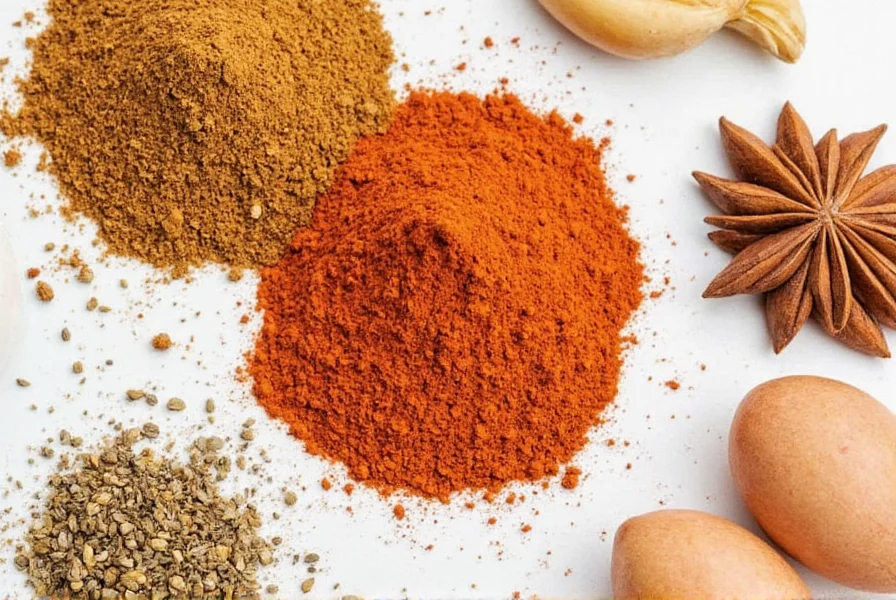
Unlike generic supermarket spices, authentic Asian spice ingredients offer boldness, nuance, and authenticity that can elevate any recipe from ordinary to extraordinary. But knowing how to choose, store, and use them is key to unlocking their full potential.
Top 10 Expert Tips for Using Asian Spices
Ready to become a spice master? Here are ten insider tips that will revolutionize your kitchen:
- Toast Before Use: Dry-roasting spices like cumin, coriander, and mustard seeds enhances their aroma. Simply heat them in a dry pan for a minute or two until fragrant, then grind or add directly to the dish.
- Use Freshly Ground Spices: Pre-ground spices lose potency quickly. Invest in whole spices and a good grinder to maximize flavor.
- Balance Heat with Sweetness: If a dish becomes too spicy (especially with chilies), try balancing it with a touch of sugar, honey, or coconut milk.
- Layer Spices in Order: In curries and stews, add harder spices first (like cinnamon and cloves), followed by softer ones (like turmeric and cumin) for layered depth.
- Never Skip the Oil Bloom: Many spices, especially turmeric and paprika, need oil to release their color and flavor. Always bloom them in hot oil before adding liquid ingredients.
- Try Regional Blends: Explore signature mixes like Chinese five-spice, Indian garam masala, and Vietnamese ngũ vị hương to bring authenticity to your cooking.
- Pair Herbs with Spices: Combining fresh herbs like cilantro, Thai basil, or mint with bold spices adds brightness and balance.
- Add Acidity for Brightness: A splash of lime juice or vinegar at the end can make spices sing, cutting through richness and enhancing overall flavor.
- Experiment with Toasted Rice Powder: Common in Thai and Laotian cuisine, toasted rice powder thickens and adds a nutty undertone to soups and dipping sauces.
- Don't Be Afraid to Mix Cultures: Fusion is fun! Try using garam masala in a Mexican taco seasoning or miso paste in an Italian pasta dish — creativity has no borders.
Asian Spices Flavor Comparison Table
| Spice | Origin | Main Flavor Note | Best For | Heat Level |
|---|---|---|---|---|
| Turmeric | India | Earthy, slightly bitter | Curries, rice dishes, golden milk | Low |
| Sichuan Pepper | China | Tingly numbness | Szechuan dishes, chili oils | Moderate |
| Star Anise | China/Vietnam | Licorice-like | Pho, braises, desserts | None |
| Galangal | Thailand | Piney, peppery | Thai curries, tom kha soup | Low |
| Sumac | Middle East/Asia Minor | Tangy, lemony | Rub for meats, sprinkle on salads | None |
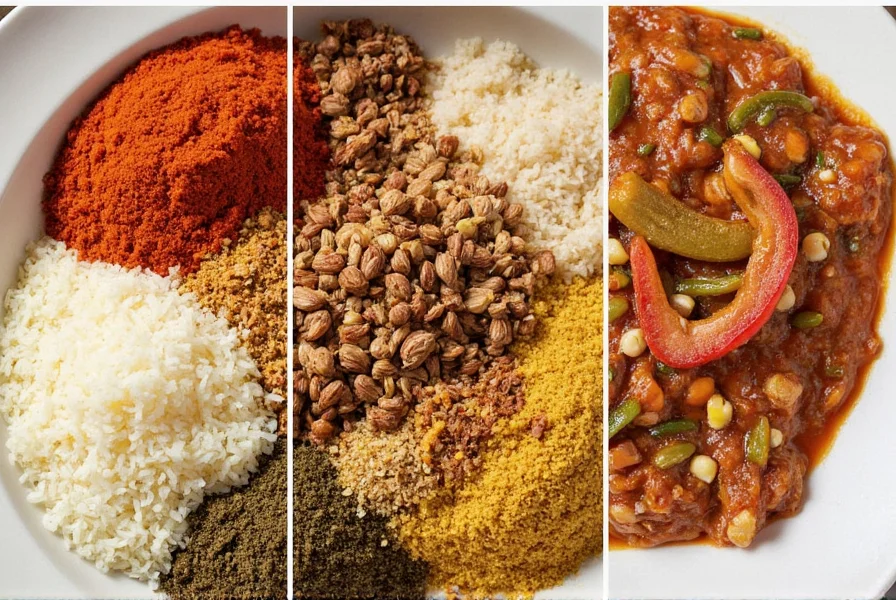
How to Store Your Asian Spices
Even the best spices won't perform well if stored improperly. Follow these guidelines to keep your Asian spice collection fresh and potent:
- Keep Cool & Dark: Store spices in airtight containers away from light and heat. Avoid placing them near the stove or in sunny windowsills.
- Avoid Humidity: Moisture leads to clumping and mold. Consider silica gel packets if you live in a humid area.
- Label Everything: It's easy to forget what's in those jars. Label with name and purchase date for better tracking.
- Replace Regularly: Whole spices last up to 4 years; ground spices last around 2–3 years. Beyond that, they lose potency.
- Buy Small Quantities: Unless you cook daily, avoid bulk purchases. Fresher = better flavor.
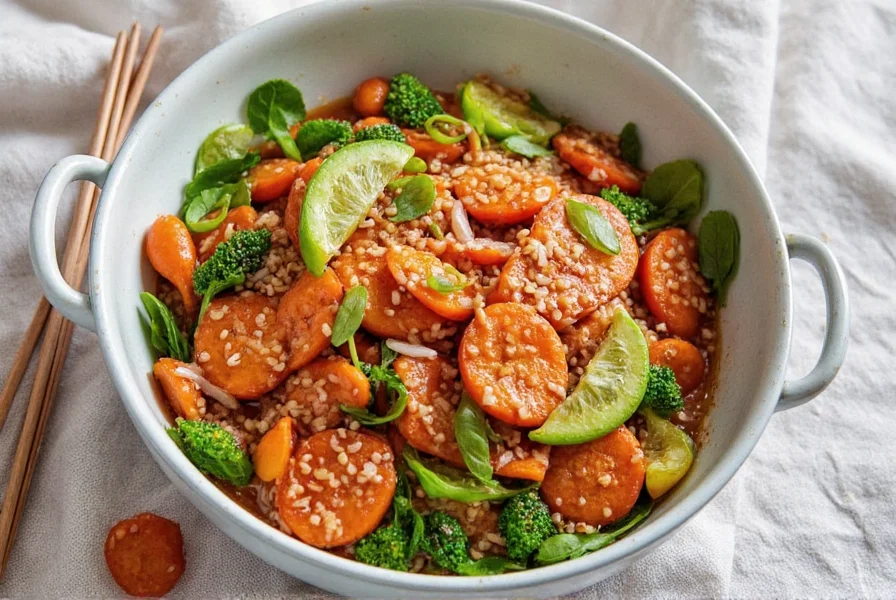
Buying Guide: Choosing the Best Asian Spice Products
With so many options available online and in stores, how do you pick the best Asian spice products? Here's a breakdown of top picks based on features, use cases, and target audience:
Top 5 Asian Spice Products Reviewed
| Product | Features | Advantages | Best For | Occasion |
|---|---|---|---|---|
| Garam Masala Blend | Freshly ground, organic, hand-mixed | Enhances curries, roasted vegetables, and grilled meats | Home cooks and Indian cuisine lovers | Weeknight dinners, weekend parties |
| Sichuan Peppercorn Pack (Whole) | High-quality, air-dried, clean packaging | Provides signature numbing heat without burning | Chinese food enthusiasts and fusion chefs | Hot pot nights, homemade chili oil |
| Five-Spice Powder | Traditional blend: cinnamon, clove, fennel, star anise, Sichuan pepper | Perfect for rubs, marinades, and stir-fries | Beginners exploring Chinese flavors | Holiday roasts, quick weeknight stir-fries |
| Turmeric Root Powder | Organic, non-GMO, lab-tested purity | Vibrant color and rich earthiness; also health benefits | Health-focused cooks and golden milk lovers | Morning smoothies, wellness bowls |
| Thai Curry Paste Set | Includes red, green, and yellow curry pastes | Saves time while preserving authentic flavor | Busy cooks and Thai food fans | Dinner parties, solo meals |
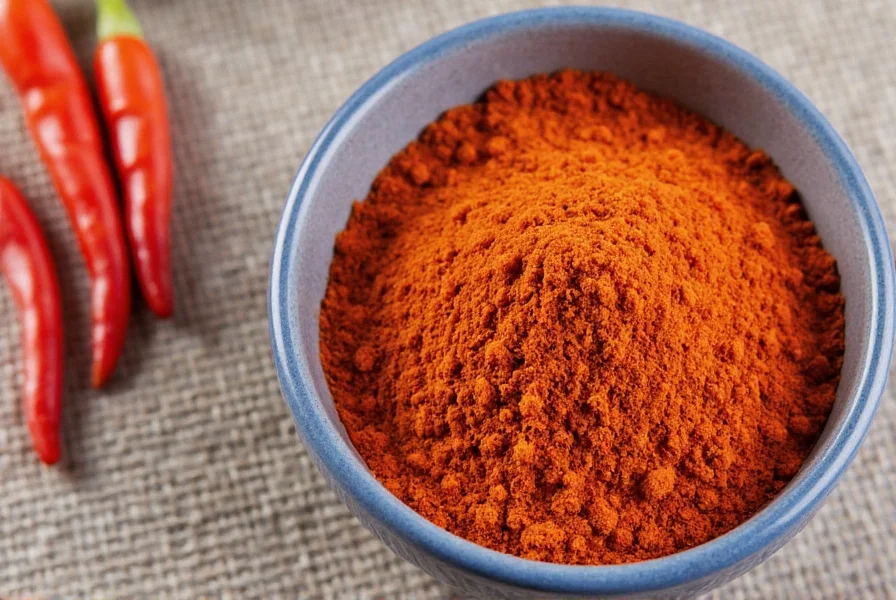
Buying Tips for Asian Spice Enthusiasts
- Read Labels Carefully: Look for minimal additives. The fewer the ingredients, the purer the spice.
- Check Origin: Some brands specify the source region (e.g., Kerala black pepper vs. regular black pepper). This can affect quality and flavor.
- Opt for Organic When Possible: Especially for items like turmeric and ginger where purity matters.
- Try Sample Packs: Many specialty stores offer small sampler kits. Great for experimenting without commitment.
- Buy from Reputable Sellers: Stick to trusted vendors with good reviews to ensure freshness and authenticity.
Frequently Asked Questions About Asian Spices
What exactly are Asian spices?
Asian spices refer to the vast collection of aromatic plants, herbs, and seasonings native to or widely used across Asian cuisines. This includes spices from India, China, Thailand, Vietnam, and other regional traditions. They are not a single brand but a category of ingredients used globally in cooking.
Are there specific brands for Asian spices?
Yes, many reputable brands specialize in Asian spices, such as Rani, McCormick, and local artisanal producers. When purchasing, look for brands that source directly from Asian regions and prioritize freshness and authenticity. Always check ingredient lists for purity.
What are the most essential Asian spices for beginners?
For beginners, start with these versatile staples: ginger, garlic, turmeric, chili peppers, star anise, and Sichuan peppercorns. These form the foundation for many Asian dishes across different cuisines and are widely available.
How can I tell if my Asian spices are still fresh?
Fresh spices should have vibrant color and strong aroma. If your spices don't smell potent when you open the container, or if they've lost their vibrant color, they've likely lost much of their flavor. Whole spices generally stay fresh longer than ground ones.
Can I substitute one Asian spice for another?
Some substitutions work better than others. For example, regular black pepper can't replace Sichuan peppercorns (which have a unique numbing quality), but you might substitute lemon grass with lemon zest in a pinch. When possible, try to use the authentic spice called for in recipes for best results.
Where's the best place to buy authentic Asian spices?
For the most authentic experience, visit Asian grocery stores where spices are frequently restocked. Online specialty retailers that focus on ethnic ingredients are also good options. Look for stores that sell whole spices rather than just pre-ground versions to maximize freshness and flavor.
Final Thoughts
Exploring Asian spices is like embarking on a global flavor adventure — one pinch at a time. Whether you're deepening your knowledge of regional spice blends or just starting to play with bold flavors in your own kitchen, there's always more to learn and discover.
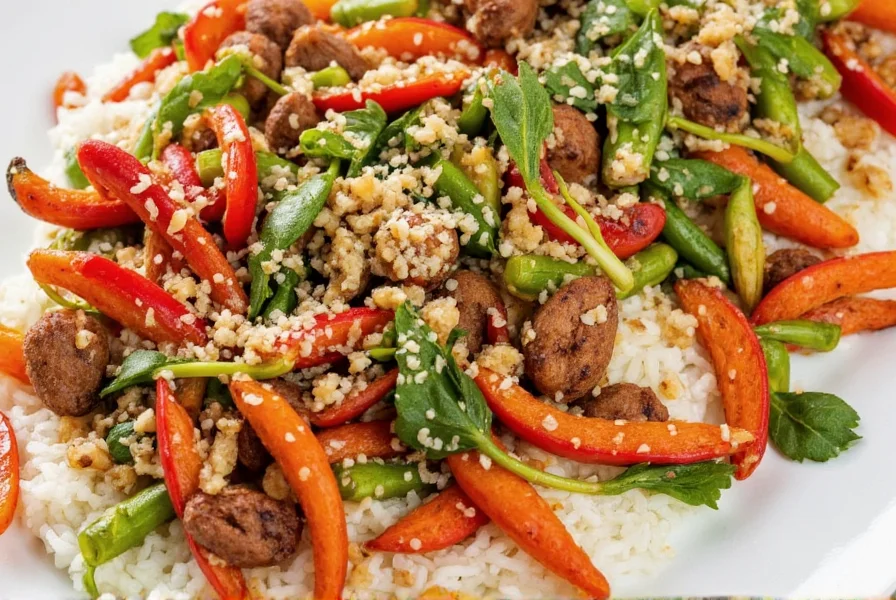
From proper storage techniques to smart buying choices, every detail contributes to creating unforgettable meals. So go ahead — open that jar of cardamom, crush some star anise, or toss a few Sichuan peppercorns into your next dish. The world of Asian spices is yours to savor.
Now tell me — which spice from Asian spices are you most excited to try next? 🌶️✨

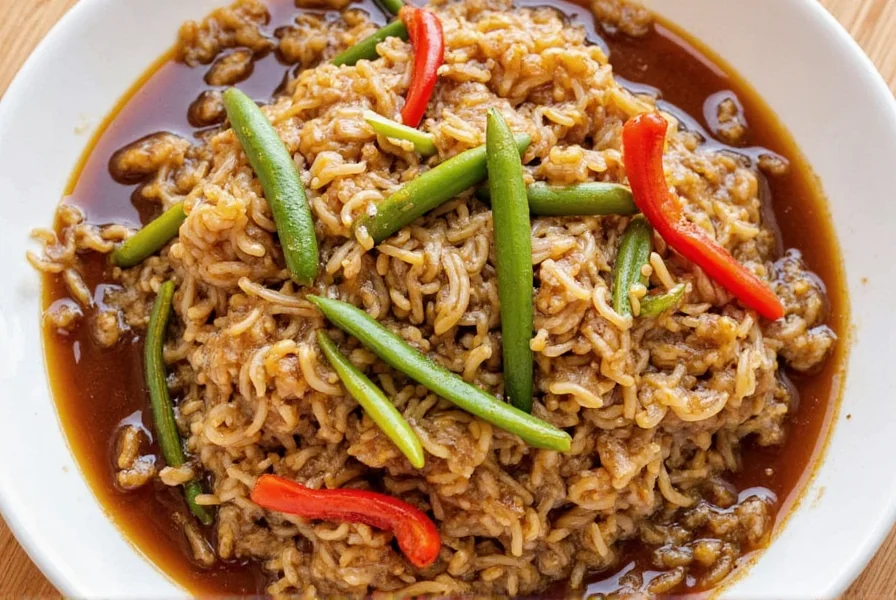









 浙公网安备
33010002000092号
浙公网安备
33010002000092号 浙B2-20120091-4
浙B2-20120091-4